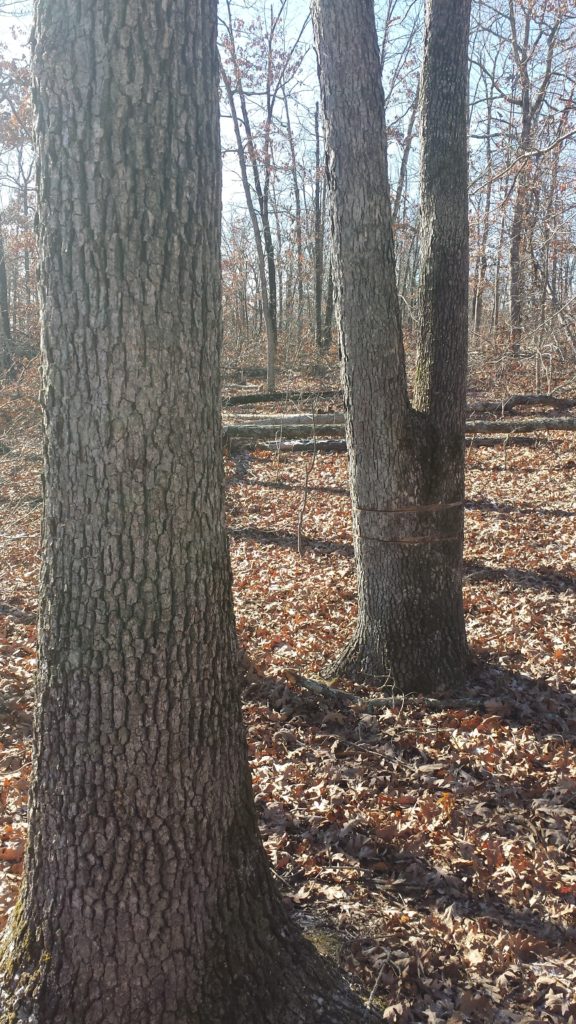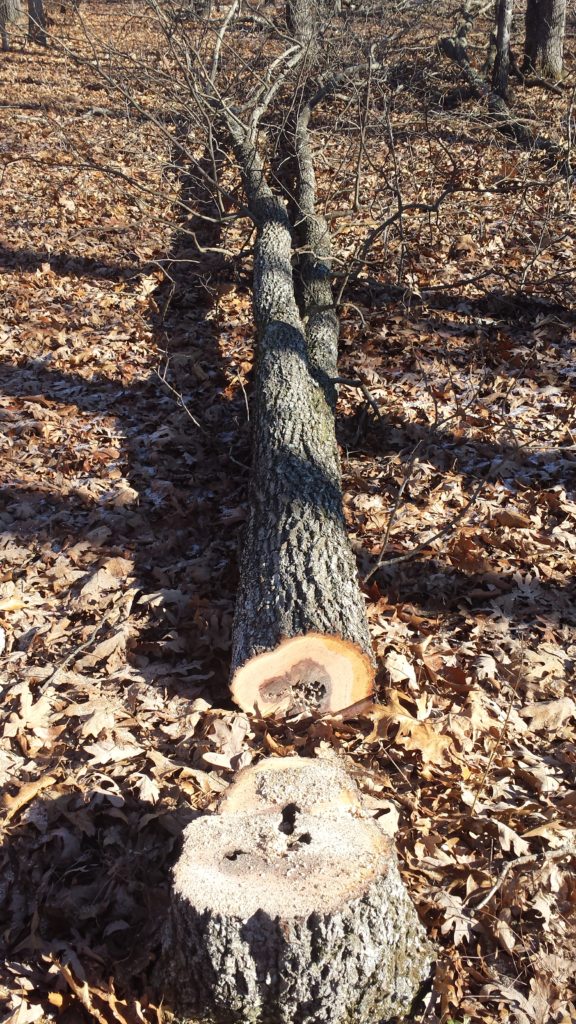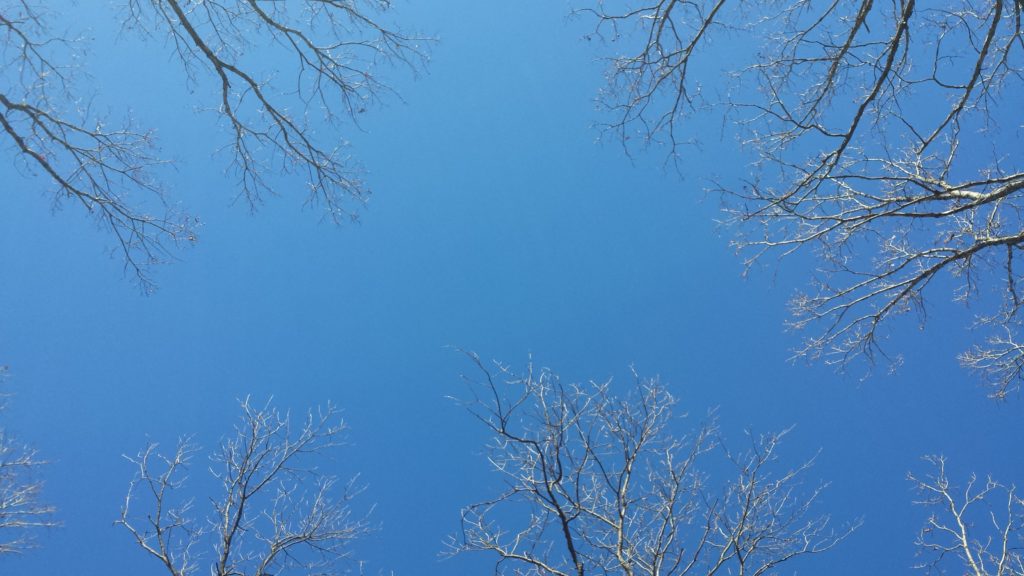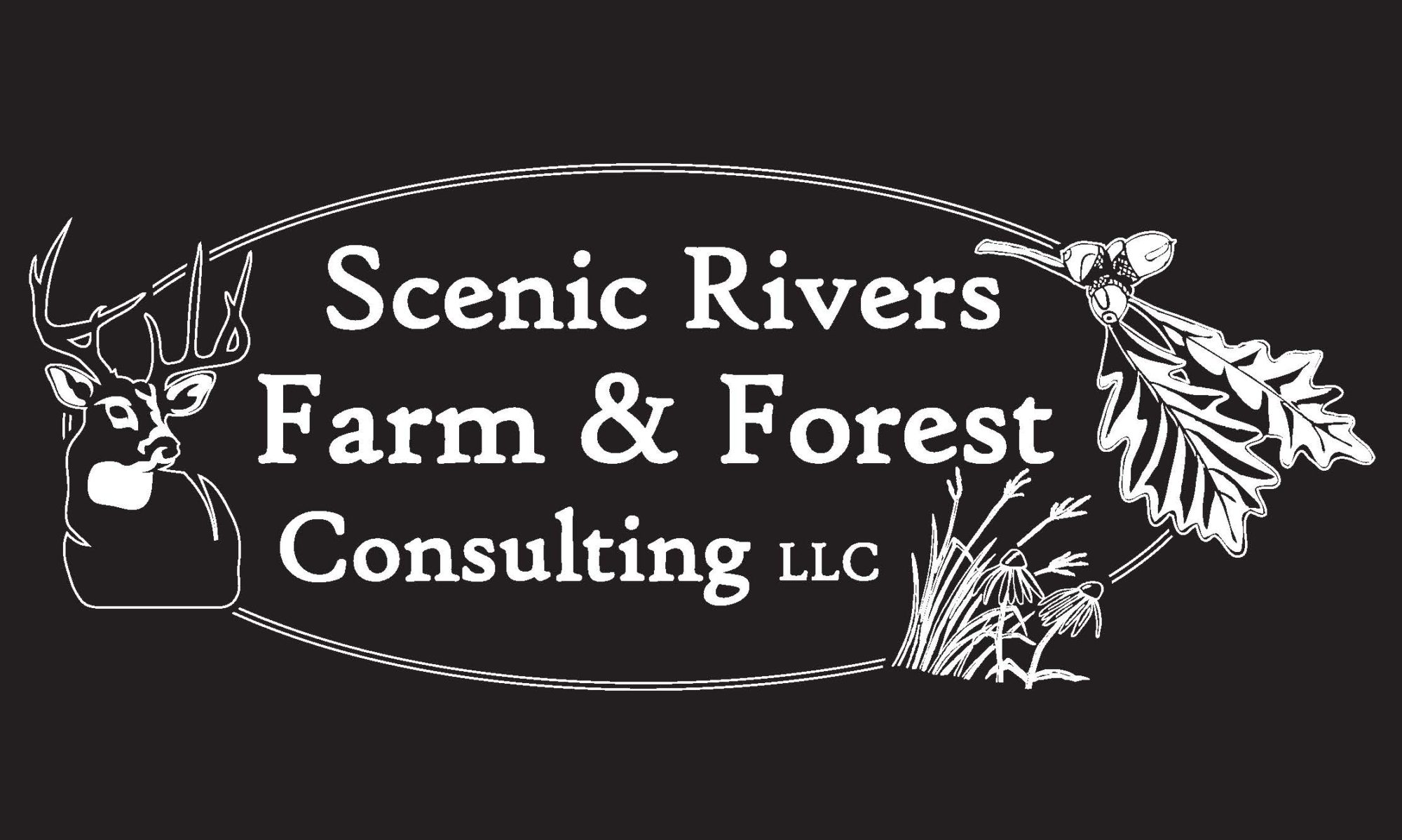Wave been doing TSI or woodland thinning a lot these past several weeks. Each thinning job is different. Landowner objectives and land type dictate how its done. In this case, we are in dry post oak / white oak woodland land type in northeastern Dent County, and the landowner is interested in deer and turkey management and good healthy trees.
A timber harvest had been done a few years before I was asked to do the thinning project, and often it was observed, anywhere there was a new sprout from a tree that had been cut, there was evidence of deer browse. Occasionally we would find evidence of deer beds near tree tops from the harvest.
We intend to increase the amount of food considerably by the additional browse created from cutting poor quality, and suppressed trees, but also the new vegetation that will grow with the increased amount of sunlight reaching the woodland floor. Additional deer bedding and turkey nesting sites will be increased by the addition of more downed trees.
So lets take a look at those poor quality, crowded, and/or suppressed trees we are cutting:




One Reply to “Woodland thinning for wildlife and timber (Art, Science, & a Chainsaw)”